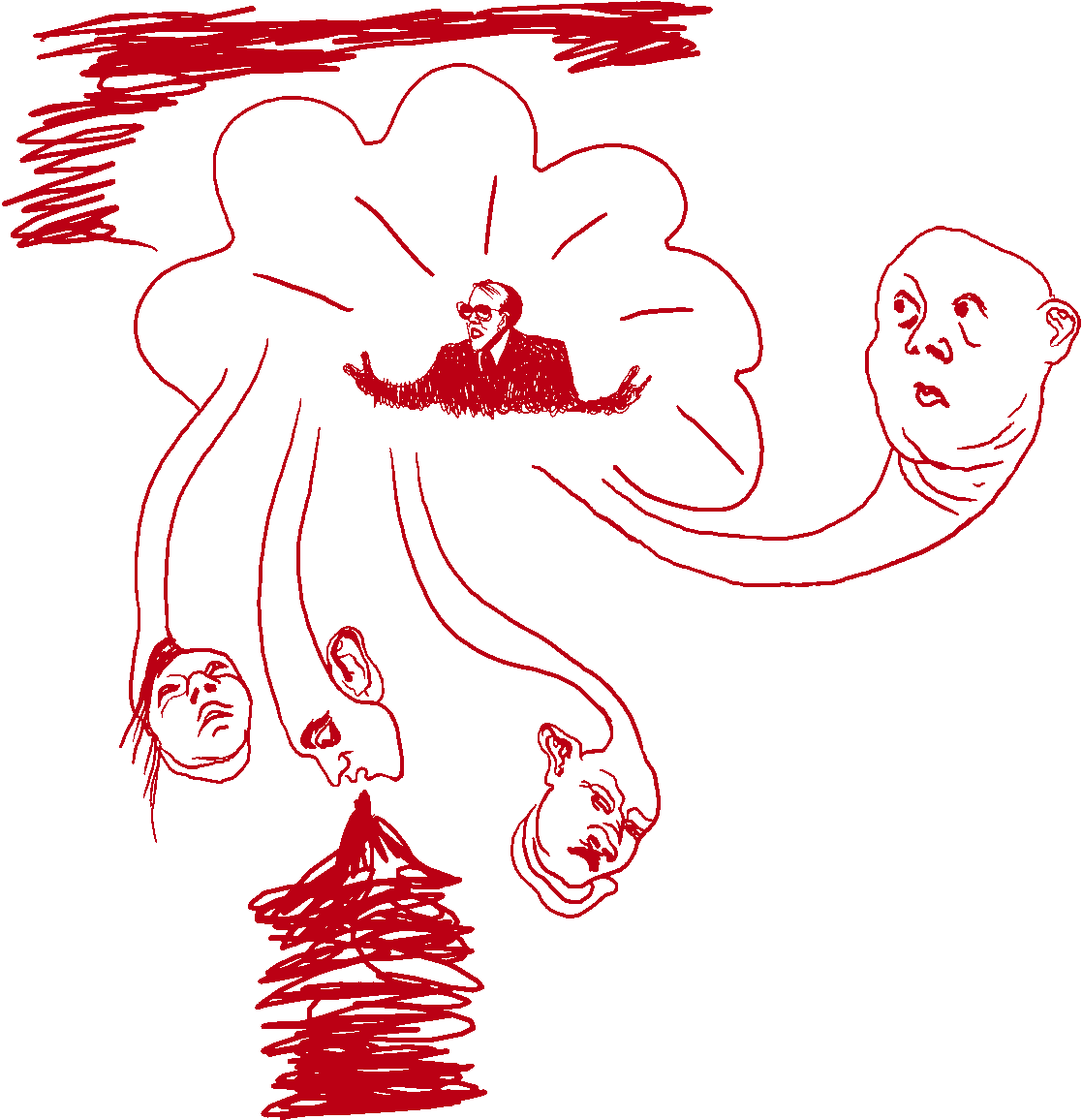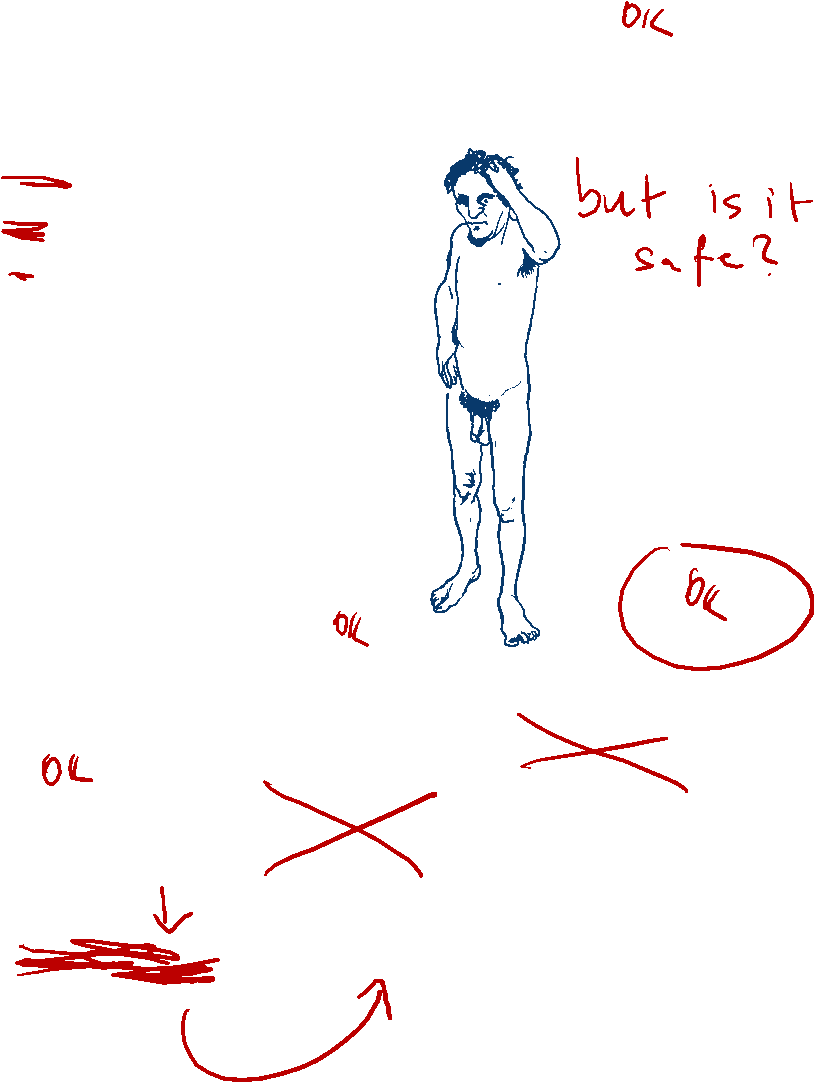
Kiss of death —
Fernando Verdasco kisses the blue clay in Madrid after beating world No. 2 Rafael Nadal in a huge upset. "I never was in control of the match, I didn't know how to win a point," said Nadal, who is the modern era's "King of Clay."

Fanning flames of discontent —
Nadal's shock exit only added fire to complaints the blue clay is too slippery. Even before his defeat, the Spaniard tweeted: "The history of clay court was on red. It wasn't on blue. Only one person wins -- the owner of the tournament."

A slippery slope —
Novak Djokovic, who beat Nadal in last year's final on red clay, has been an outspoken critic of the surface, saying: "I played my first official match on blue clay and I have to admit I was not very happy. Next time I have to bring skates instead of shoes, it was sooo slippery."

Why so blue? —
Not all the feedback has been negative. "I think it's the same, it's just you don't get as dirty," Serena Williams tweeted.

Billionaire's big ambitions —
Behind the blue revolution is Romanian billionaire, Ion Tiriac. The former French Open doubles winner and manager to Boris Becker pioneered the first blue hard courts at his indoor event in Stuttgart -- a lead followed by the Australian and U.S. Opens.

Fan feedback —
Nadal throws his towel -- emblazoned with the logo of sponsor Mutua Madrilena -- into the crowd. Tiriac says improving the experience for television viewers watching his $10.6 million tournament was a major factor in the switch to blue.

More than skin deep —
Performance specialist Alistair McCaw says the slippery surface isn't due to the color but the implementation. "The amount of clay covering the surface is lesser than normal. If you dig your foot into the surface and remove some of the clay, you will notice that the underlying surface is a hard rubber-like mat," he said.

The air up there —
Recently-retired tennis star Ivan Ljubicic says the biggest challenge at Madrid isn't the clay -- it's the altitude. Balls fly faster through thinner air, and Madrid is 650 meters above sea level.

Blue yonder —
The blue clay court is made the same way as the red, with bricks ground into tiny fragments and spread over the ground in two different layers. However, in Madrid these bricks are stripped of their iron oxide (the chemical that provides the original color) and then treated with dye.

Seeing red —
The tournament is seen as an important buildup to the real clay court crown -- the French Open. Players have argued it's difficult enough adjusting to the conditions in Madrid, without then having to change their game at Roland Garros at the end of the month.


